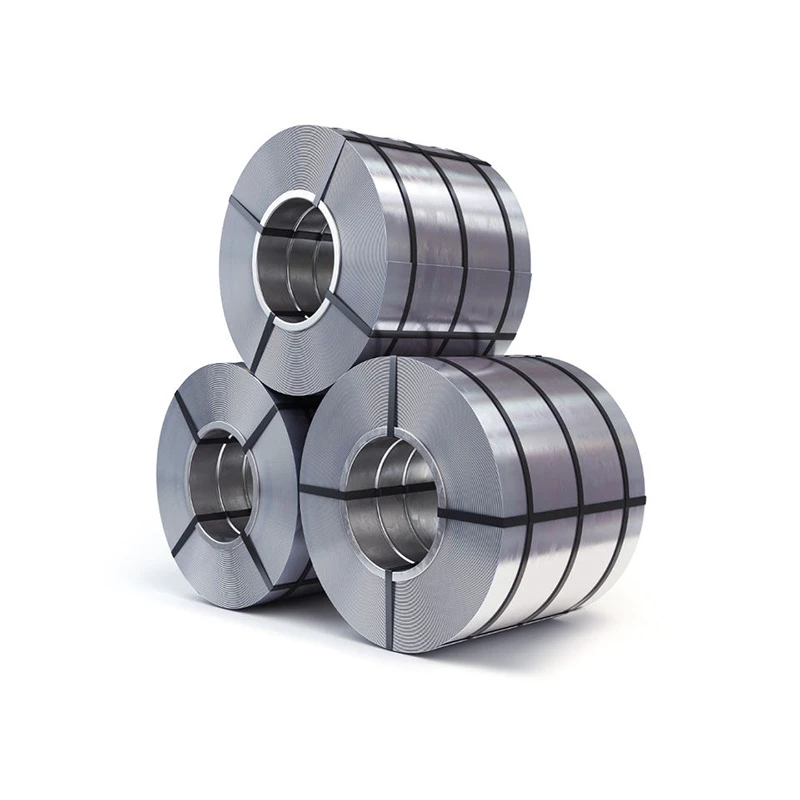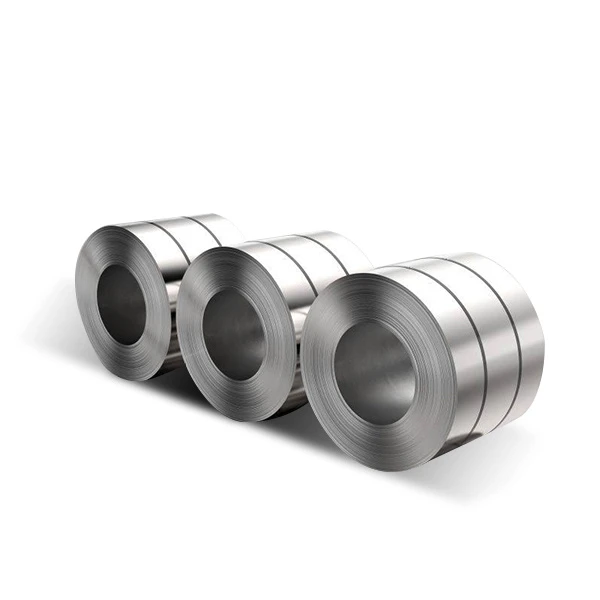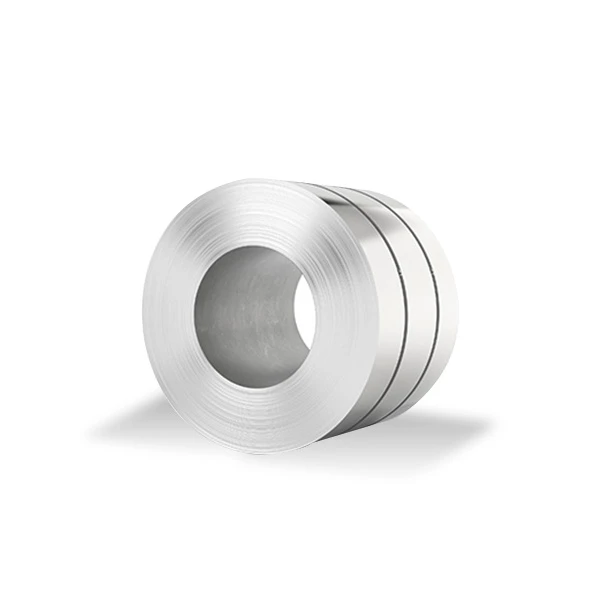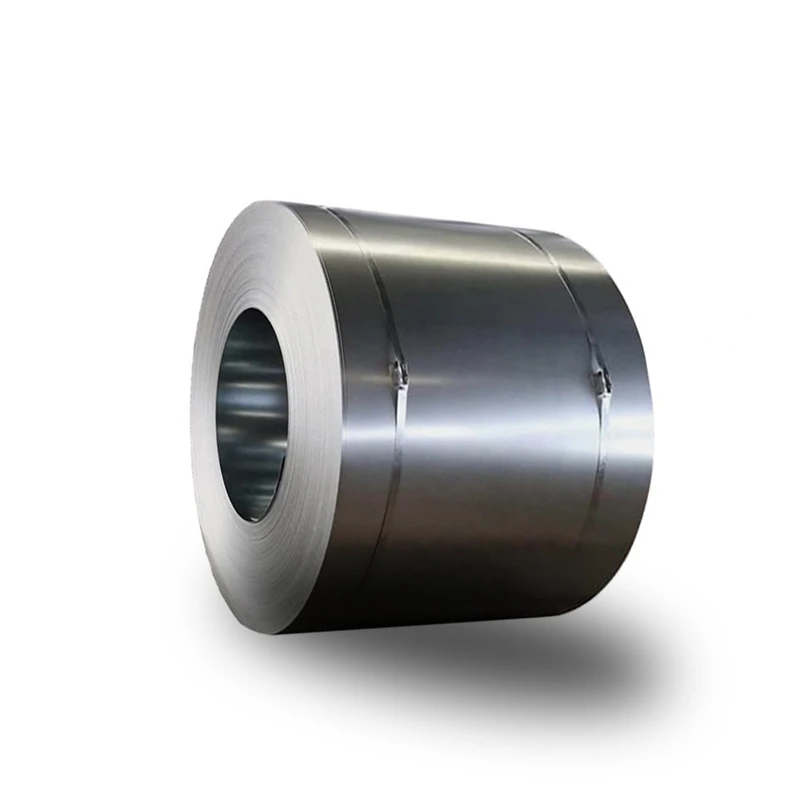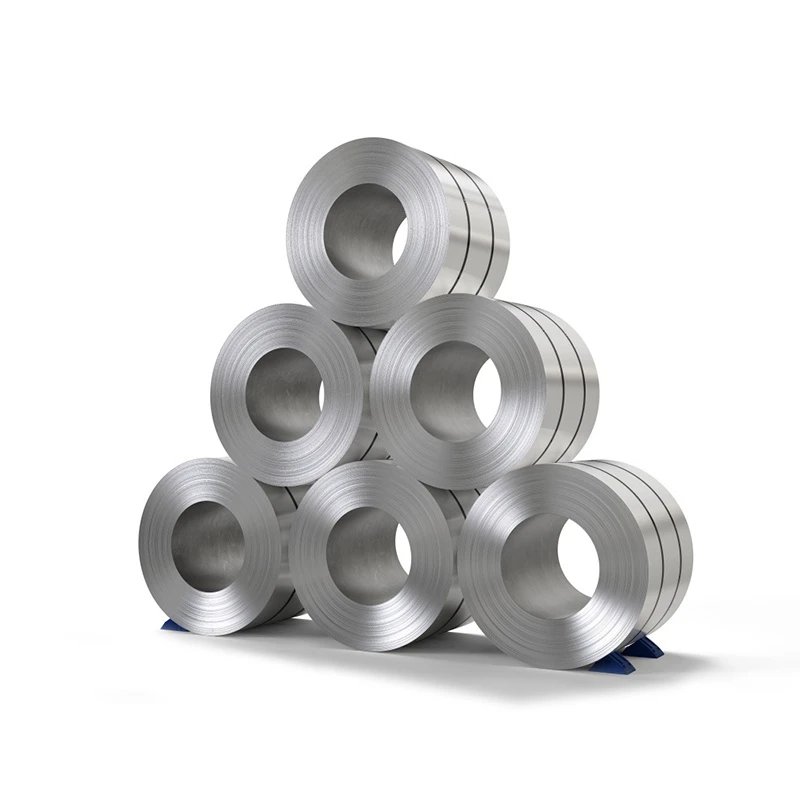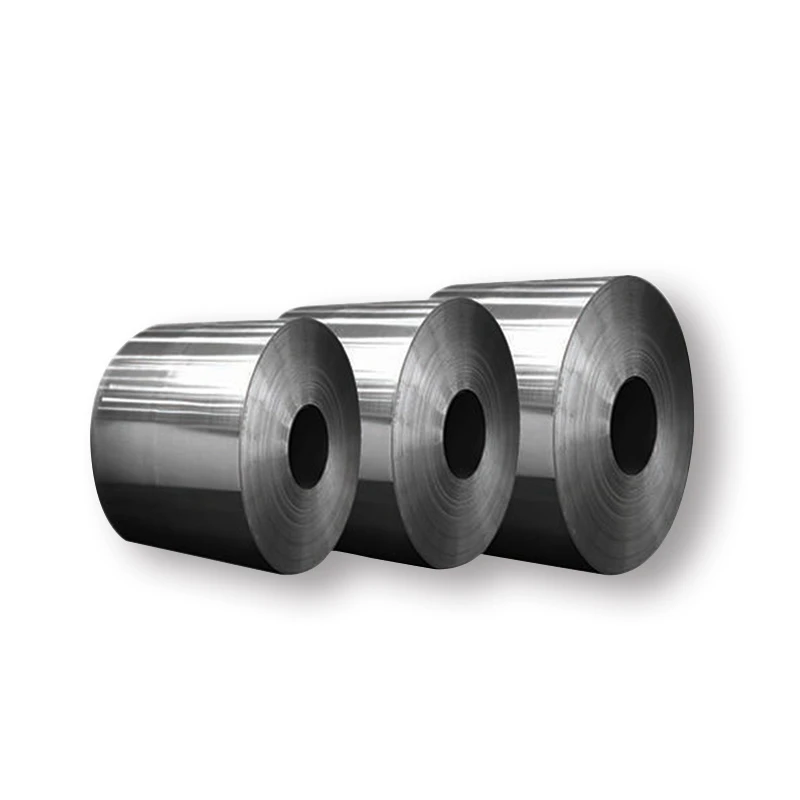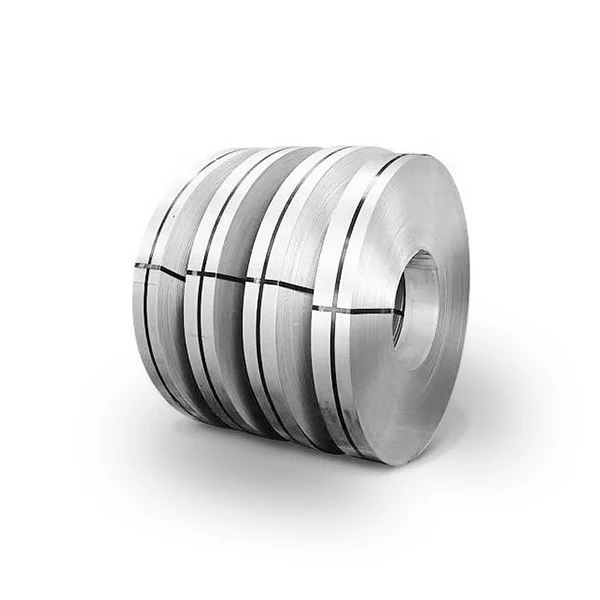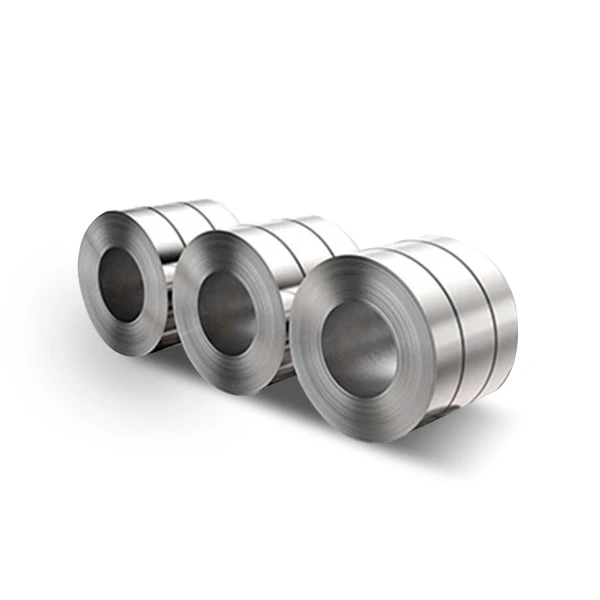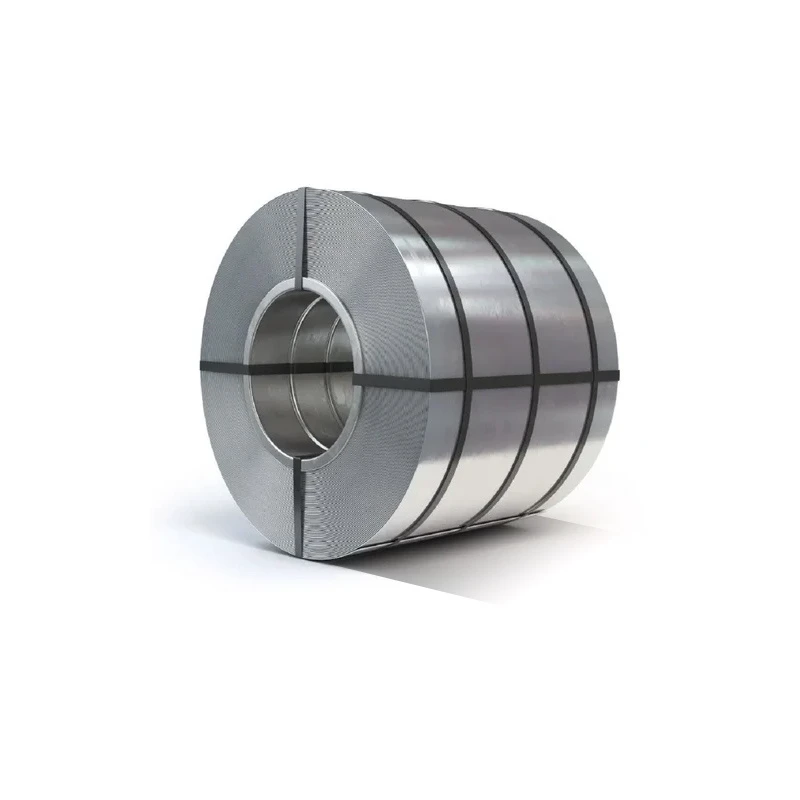
CATEGORIES
FEATURED PRODUCTS
303 Stainless Steel Coil
We offer this product and related grades with 100% factory direct pricing and free quotes available within 24 hours.
APPLICATION SCENARIOS

OUR ADVANTAGE

Certificate of Honor

PARTNER

Our Factory

303 Stainless Steel (UNS S30300) is a free-machining austenitic chromium-nickel stainless steel. It’s a modification of the widely used 304 stainless steel, specifically designed to improve its machining characteristics. This improvement is achieved by adding alloying elements such as sulfur or selenium (and sometimes phosphorus). These additions form manganese sulfides (or selenides) that act as chip breakers during machining, reducing tool wear and allowing for higher machining speeds. While this significantly improves machinability, it does come with a trade-off: a slight reduction in corrosion resistance and ductility compared to 304. Like other austenitic stainless steels, 303 is generally non-magnetic in its annealed condition, but can become slightly magnetic after cold working.
Key Properties of 303 Stainless Steel
The key property of 303 stainless steel is its exceptional machinability, which drives its specific applications.
Superior Machinability
- Free-Machining Grade: This is the defining characteristic of 303. The addition of sulfur (or selenium/phosphorus) creates soft inclusions within the steel. During machining, these inclusions act as stress concentrators, causing the metal chips to break cleanly and easily. This leads to:
- Faster Machining Speeds: Allows for higher cutting speeds and feed rates.
- Improved Surface Finish: Produces a smoother surface finish on machined parts.
- Reduced Tool Wear: Extends the life of cutting tools.
- Lower Production Costs: Overall, it makes machining operations more efficient and economical.
Good General Corrosion Resistance
- Comparable to 304 (with caveats): 303 offers good general corrosion resistance in mild atmospheric conditions, fresh water, and various mild chemicals. For many common applications, its corrosion resistance is similar to 304.
- Reduced Resistance Due to Sulfur: However, the sulfur additions, while enhancing machinability, also create points of weakness in the microstructure. This means 303 is more susceptible to pitting corrosion in chloride environments and generally has lower corrosion resistance than 304, particularly in highly aggressive or reducing environments. It’s also more prone to staining and discoloration.
- Not for Marine Environments: Due to its reduced resistance to pitting, it’s not recommended for marine or highly chloride-rich applications where 304 or 316 would be far more suitable.
Mechanical Properties
- Moderate Strength: 303 possesses moderate tensile and yield strengths, comparable to 304 in the annealed condition.
- Reduced Ductility and Toughness: The sulfur inclusions that aid machinability also reduce its overall ductility, formability, and toughness compared to 304. It’s not typically used for applications requiring extensive cold forming or severe bending.
- Not Hardenable by Heat Treatment: Like other austenitic grades, 303 cannot be hardened by heat treatment. Its strength can only be increased through cold working, though its reduced ductility limits the extent of such operations.
Weldability
- Poor Weldability: Compared to other austenitic stainless steels like 304 or 316, 303 has poor weldability. The sulfur inclusions tend to cause hot cracking and porosity in the weld metal, leading to inferior weld integrity.
- Avoid Welding If Possible: Welding of 303 is generally discouraged for critical applications. If welding is unavoidable, special precautions (e.g., low heat input, specific filler metals, careful joint design) are required, and even then, weld quality may be compromised.
Non-Magnetic (Mostly)
- Generally Non-Magnetic: In its annealed condition, 303 stainless steel is non-magnetic. However, it can become slightly magnetic after significant cold working.
Detailed Specifications: Dimensions and Parameters
303 Stainless Steel Coil is typically supplied conforming to ASTM A240/A240M and other relevant standards, in dimensions optimized for machining processes.
| Parameter | Standard Range |
| Thickness | 0.3mm – 6mm (0.012 in – 0.236 in) |
| Width | 1000mm – 2000mm (39.37 in – 78.74 in) |
| Length | Coil form (continuous length) |
| Surface Finish | 2B, BA, No.1, Polished Finishes (e.g., No.4) |
| Edge Condition | Mill Edge, Slit Edge |
| Standard | ASTM A240/A240M, ASTM A582 |
Note: Specific thicknesses and widths may vary based on supplier capabilities and market demand. For specialized machining applications, precision in coil dimensions is often critical.
Chemical Composition of 303 Stainless Steel
The specific chemical composition of 303 stainless steel, with its sulfur addition, is what grants it its free-machining properties.
| Element | Weight Percentage (%) |
| Carbon (C) | ≤0.15 |
| Silicon (Si) | ≤1.00 |
| Manganese (Mn) | ≤2.00 |
| Phosphorus (P) | ≤0.20 |
| Sulfur (S) | ≥0.15 |
| Chromium (Cr) | 17.0 – 19.0 |
| Nickel (Ni) | 8.0 – 10.0 |
| Iron (Fe) | Balance |
The minimum Sulfur content (0.15% min) is the defining feature, creating the free-machining characteristics.
303 Stainless Steel vs. Other Stainless Steel Grades: A Comparative Look
Comparing 303 to other common austenitic stainless steels highlights its specialized role in machinability.
| Feature | 303 | 304 | 304L | 316L |
| Stainless Steel Family | Austenitic | Austenitic | Austenitic | Austenitic |
| Primary Advantage | Superior Machinability | General Purpose, Excellent Balance | Excellent Weldability (low C) | Superior Corrosion (esp. chlorides) |
| Machinability Rating | Excellent (78% of B1112) | Good (50% of B1112) | Good (50% of B1112) | Good (40% of B1112) |
| Corrosion Resistance (General) | Good (but lower than 304) | Excellent | Excellent | Superior (due to Molybdenum) |
| Chloride Pitting Resistance | Poor | Moderate | Moderate | High |
| Ductility/Formability | Poor (due to S inclusions) | Excellent | Excellent | Excellent |
| Weldability | Poor | Excellent | Excellent | Excellent |
| Cost | Moderate | Low | Low | Moderate to High |
| Typical Use | Fasteners, shafts, valves, fittings, machined parts | Kitchen sinks, appliances, general fabrication | Tanks, piping, heavy gauge welded components | Marine, chemical processing, pharmaceutical |
303 is chosen specifically when significant machining is required for component production, and the application’s demands for corrosion resistance, ductility, or weldability are moderate.
Key Industries and Applications for 303 Stainless Steel Coil
The excellent machinability of 303 Stainless Steel Coil makes it ideal for the production of parts with intricate geometries or those requiring high-volume manufacturing via machining.
| Industry | Typical Applications |
| Fasteners | Bolts, nuts, screws, washers, pins, rivets (for easy, high-volume production) |
| Automotive | Shafts, fittings, bushings, valve components, and other machined parts where corrosion resistance is secondary to machinability. |
| Valves & Fittings | Components for valves, pumps, and pipe fittings that require extensive machining, in non-aggressive fluid systems. |
| Electrical / Electronics | Connectors, switchgear components, insulators, and other intricate machined parts. |
| Machined Components | Any precision machined parts, gears, spindles, screw machine products, and small instrument components. |
| Architectural (Indoor) | Decorative hardware, railings, and other non-structural, machined elements in mild indoor environments. |
Global Price Overview: 303 Stainless Steel Coil
The price of 303 Stainless Steel Coil is generally comparable to or slightly higher than 304, reflecting the cost of alloying elements (like sulfur) and the specific processing required to achieve its machinability. Pricing is influenced by global demand, the cost of its raw materials (nickel, chromium, sulfur), energy prices, and the specific producer. The figures below are illustrative and subject to market fluctuations. For the most accurate and current pricing, please contact us directly.
| Region / Factor | Price Range (USD per Metric Ton) – Illustrative | Notes |
| Asia | $2,500 – $4,800 | Often competitive, influenced by raw material markets and production efficiency. |
| Europe | $2,800 – $5,500 | Reflects regional production costs, quality standards, and alloy surcharges. |
| North America | $3,000 – $5,800 | Influenced by domestic demand, import dynamics, and raw material costs. |
| Raw Material Cost (Nickel, Chromium, Sulfur) | High Impact | Fluctuations in these commodity prices are significant factors in 303’s cost. |
| Order Volume | Discounts for Bulk | Larger purchase quantities may receive more favorable per-unit pricing. |
| Surface Finish & Thickness | Varies | Specific finishes (e.g., bright annealed) or very thin gauges can incur slightly higher costs. |
Disclaimer: These are approximate price ranges and should not be considered as definitive quotes. For precise pricing and lead times, please reach out to our sales team.
Frequently Asked Questions (FAQs)
Here are answers to some of the most common questions about 303 Stainless Steel Coil.
Q1: What is the main reason to choose 303 stainless steel over 304?
A1: The main reason to choose 303 stainless steel over 304 is its superior machinability. If a component requires extensive machining (e.g., turning, drilling, milling) and needs to be produced efficiently and economically, 303’s free-machining properties significantly reduce production time, tool wear, and costs compared to 304.
Q2: Is 303 stainless steel magnetic?
A2: In its annealed condition, 303 stainless steel is generally non-magnetic, similar to other austenitic stainless steels. However, like 304, it can become slightly magnetic after significant cold working.
Q3: How does the corrosion resistance of 303 compare to 304?
A3: While 303 offers good general corrosion resistance in mild environments, its corrosion resistance is generally lower than that of 304 stainless steel. The sulfur (or selenium/phosphorus) additions that improve machinability create inclusions that can act as initiation sites for pitting corrosion, especially in chloride-containing environments. It’s more prone to staining and discoloration than 304.
Q4: Can 303 stainless steel be welded?
A4: Welding of 303 stainless steel is generally not recommended for critical applications. Its sulfur content significantly impairs weldability, leading to issues like hot cracking and porosity in the weld metal. If welding is absolutely necessary, special techniques and careful attention to parameters are required, and the resulting weld quality may still be compromised compared to other austenitic grades like 304 or 316.
Q5: Can 303 stainless steel be deep drawn or severely formed?
A5: No, 303 stainless steel is not suitable for severe deep drawing or extensive cold forming operations. The same sulfur inclusions that make it free-machining also reduce its ductility and toughness, making it prone to cracking during significant deformation. For applications requiring good formability, 304 or 305 stainless steel would be much better choices.







